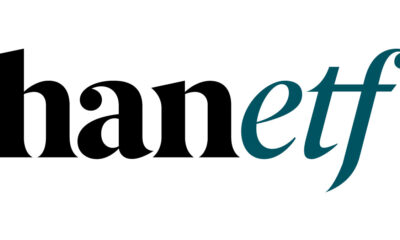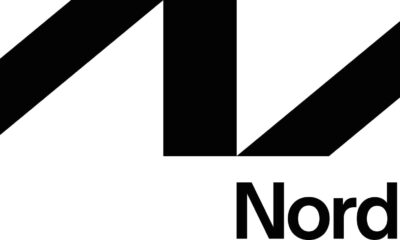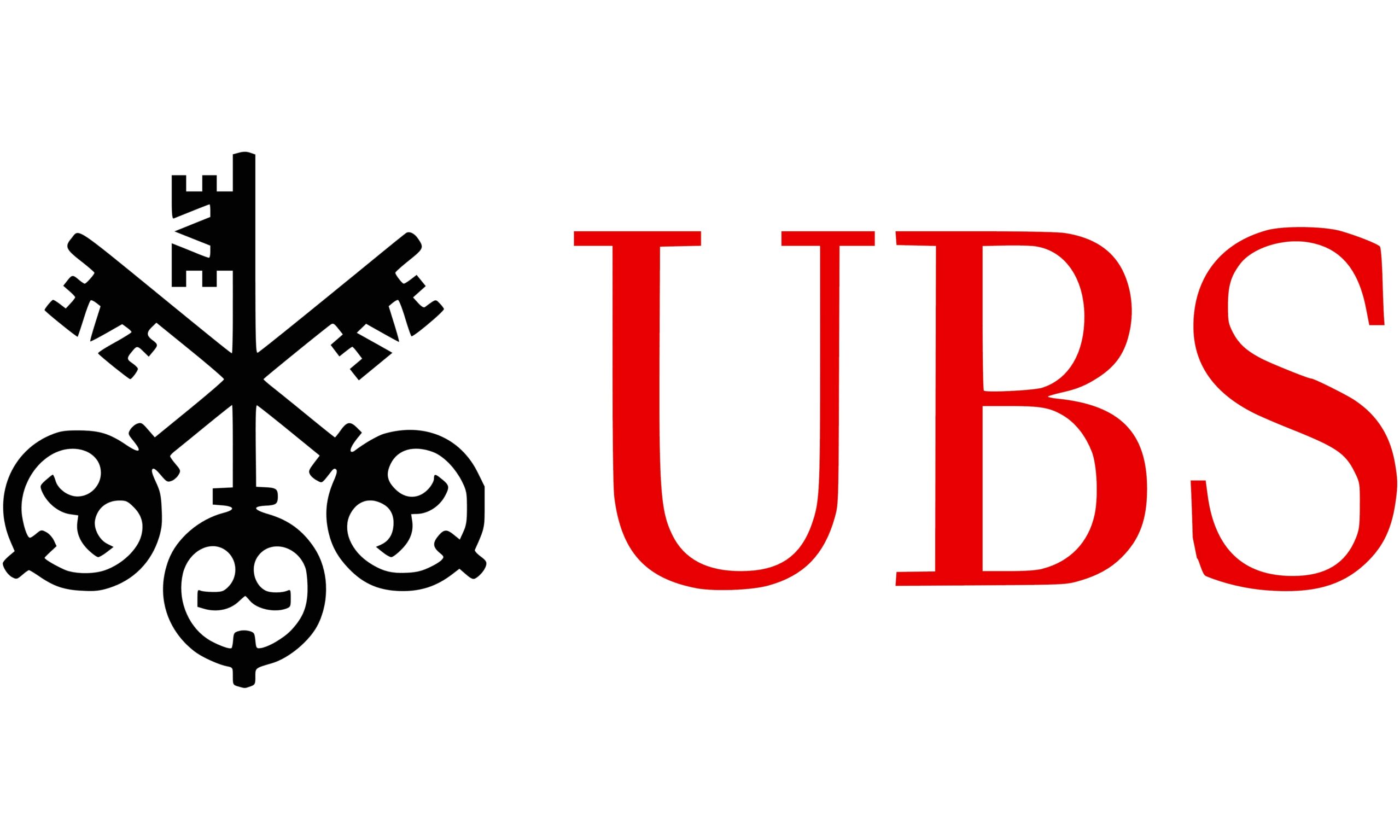ETF enklare än vad du tror. För någon vecka sedan var vi på ett event som Nordnet anordnade, där både Nasdaq OMX, Deutsche och XACT Fonder berättade om börshandlade fonder, det vill säga ETFer.
Trots att ETFer har funnits på den svenska och nordiska marknaden sedan 2000 då XACT OMXS30 lanserades på NASDAQ OMX Stockholm är börshandlade fonder fortfarande ett relativt okänt instrument för många placerare, vilket med all tydlighet framkom under Nordnets event. Tyvärr måste vi säga, för det är ett enkelt men samtidigt sofistikerat instrument för den som vill ligga exponerad mot marknader och inte enskilda aktier. I USA kallas de ofta för Easy Traded Funds vilket är precis vad denna typ av instrument är. Den frågan som de flesta ställde sig var hur det kom sig att denna typ av investeringsverktyg exakt kan följa börsen i form av sitt underliggande index. ETF, enklare än vad du tror vi förklarar detta närmare med ett enkelt exempel.
Snabbast växande instrumentet i Europa
På den amerikanska marknaden, där den första ETFen, ”Spider” lanserades 1993, är intresset och kunskapen betydligt större, inte mindre än 23 procent av alla affärer som görs är i börshandlade fonder. På den europeiska marknaden är siffran dryga tio procent och ETFer är ett av de instrument i vilken handeln växer snabbast. I Sverige är intresset ännu så länge betydligt lägre, 3,5 procent vilket bland annat kan förklaras av att det är få aktörer som marknadsför dessa produkter även om de erbjuder dem. Flera utgivare har även traditionella fonder, och de betydligt billigare börshandlade fonderna kommer därför ofta i skymundan.
Sverige ett föregångsland
XACT var först i världen med att tillhandahålla en börshandlad fond med hävstång när bolaget under 2005 lanserade de två ETFerna XACT Bull och XACT Bear. XACT är idag den största utgivaren av ETF:er i Norden och globalt i termer av nordisk exponering.
Vad är då en ETF?
En börshandlad fond (engelska: ETF eller Exchange Traded Fund) är en fond som handlas som en vanlig aktie över börsen. Oftast är de indexfonder, men undantag finns. Det finns ETF:er kopplade till länder och regioner, branscher, teman och strategier (Large Cap, hög direktavkastning, räntor, valutor och råvaror etcetera).
En ETF är egentligen inget avancerat, det är som ovan nämnts en fond, som visserligen handlas på en börs, men som följer ett i förhand identifierat index som beräknas av en utomstående part. I och med att indexet är på förhand angivet så vet marknaden och därmed de enskilda placerarna vad de köper till skillnad från en traditionell fond där innehaven offentliggörs i samband med kvartalsrapporterna. En ETF som replikerar, det vill säga följer, OMXS30-indexet består således av alla de aktierna som finns i detta index, med samma vikt som indexet. Det är just så pass enkelt att det i flera fall ställer till det för många placerare, det verkar vara alltför enkelt för att det skall anses vara möjligt.
Följer utvecklingen simultant
En ETF är en börshandlad fond som följer utvecklingen på en underliggande tillgång såsom ett index, en korg av aktier, obligationer eller råvaror. ETFer kan köpas och säljas på en börs precis som en vanlig aktie och representerar en samling av tillgångar vilket ger investerarna möjligheten att följa utvecklingen i en mängd olika tillgångar simultant.
Många är undrande över hur det kommer sig att en ETF slaviskt följer utvecklingen av den underliggande tillgången, vare sig det är frågan om ett index eller en råvara. Flera av de personer som var på Nordnets event var oroliga för att de börshandlade fonderna kommer stiga mer i värde än det underliggande indexet om intresset blir för stort. Svaret är enkelt, det handlar om så kallad arbitragefrihet och väl programmerade datorer så det kommer aldrig att vara möjligt för en ETF är en perfekt spegling av det underliggande indexet. Låt oss förklara detta närmare.
Så här fungerar det
Låt oss ta ett exempel, vi antar att Stockholmsbörsen utgörs av en enda aktie Aktiebolaget AB som ingår i det indexet som heter OMXS30. Samtidigt finns det en börshandlad fond som heter Stockholmsbörsen ETF som replikerar indexet och därmed utvecklingen på de underliggande tillgångarna, i detta fall kursutvecklingen i Aktiebolaget AB.
En fråga som dök upp på Nordneteventet var, vad händer om börsen står still och alla som satt i rummet helt plötsligt vill köpa den börshandlade fonden, i detta fall Stockholmsbörsen ETF. De olika bankerna försökte på olika sätt förklara detta, genom att förklara hur de olika likviditetsgaranterna skulle stoppa detta, men låt oss i detta exempel glömma bort denna funktion. Vi gör det riktigt enkelt istället.
I detta exempel finns det köpare på Stockholmsbörsen ETF. I och med att det är en ETF så finns det inget bestämt antal fondandelar, till skillnad från i ett företag som är listat. Fondförvaltaren kan ge ut nya andelar eller dra in andelar, allt noga reglerat. Då det kommer in ett stort antal köpare går förvaltaren till marknaden och köper nya aktier till Stockholmsbörsen ETF. Detta gör att intresset kan vara stort för att köpa andelar i Stockholmsbörsen ETF, men i och med att denna börshandlade fond agerar i marknaden så kommer den att köpa aktierna som ingår i indexet med en perfekt spegling.
Flera läsare kommer säga att det låter bra, men att det inte stämmer i ett extremfall. Vi tittar därför på vad som händer när hela aktiemarknadskollektivet bestämmer sig för att sälja sina aktier och istället köpa den börshandlade fond som heter Stockholmsbörsen ETF. Visst måste det driva upp kursen på den börshandlade fonden till en nivå som överstiger det riktiga värdet?
Detta är varför svaret är nej
Svaret är så klart nej. Om alla säljer sina aktier så måste någon köpa dessa eller hur? I detta fall så har vi en re-allokering från aktier till en börshandlad fond som i sin tur måste köpa aktier. En börshandlad fond styrs inte av vad någon förvaltare tror eller hoppas på, den styrs av ett placeringsreglemente som måste följas slaviskt, det finns inga undantag alls. Blir intresset för ETFen stort så måste det köpas in fler aktier, det fungerar inte att förvaltaren vill vänta till i morgon för att börsen kanske blir billigare då.
För- och nackdelar med ETFer
Fördelar:
• Avslut sker samma dag. I en vanlig investeringsfond tar det ofta flera dagar innan affären bokförs på konto eller depå.
• Köp och försäljning kan göras inom samma handelsdag, så kallad daytrading är alltså möjlig eftersom avsluten sker till marknadskurs. I en traditionell fond sätts kursen oftast en gång per dag.
• Oftast lägre förvaltningsavgifter än vanliga investeringsfonder.
Nackdelar med ETF:er är:
• Dolda kostnader i gapet (spreaden) mellan köp- och säljkurser vid kortsiktiga affärer. Å andra sidan förekommer spreaden även vid aktiehandel och köp och försäljning av traditionella fonder också. Det finns dessutom likviditetsgaranter som hanterar spreaden och ser till att denna inte blir för stor, något som inte kan sägas om alla aktier.
• Avkastningen från ETF:er med daglig hävstång äts upp om index svänger kraftigt. Fonder med hävstång är därför främst en produkt för daytrading.
Lägre kostnader än för vanliga fonder
Börshandlade fonder har nästan alltid lägre förvaltningsavgifter än vanliga indexfonder. Dessutom utgår köp- och säljavgifter i form av courtage på samma sätt som vid aktiehandel. Jämfört med vanliga indexfonder har ETF:er fördelen att de slipper hålla en likviditetsreserv för hantering av inlösen av andelar, vilket gör att de har en bättre avkastningspotential än vad en traditionell fond har.
ETFer, för vem?
Frågan är felaktigt ställd, vi anser att ETFer är för alla. Stephan Agerman på Deutsche brukar säga att ETFer är finansbranschens IKEA för att de är så lätta att sätta samman, vi vill gärna framhålla att IKEA möblerade folkhemmet, och på samma sätt kan ETFerna komma att förändra utseendet i allmänhetens depåer och sparande.
En av de större aktörerna i branschen säger att börshandlade fonder passar aktiva investerare som har en grundläggande förståelse för handel med finansiella instrument och som vill dra nytta av förändringar på marknaden, lika enkelt och snabbt som vid handel med aktier. Helt rätt, men det gäller även dem som valt att köpa fonder på längre sikt. Den stora skillnaden mellan en traditionell fond och en ETF är att den senare handlas på börsen samt att en börshandlad fond ofta har en betydligt lägre kostnadskostym. Allt annat lika så kommer det senare bidar till att värdet på den börshandlade fonden överstiger det för en traditionell fond på sikt.
Hur handla med ETFer?
Investera i ETFer genom att lämna din order hos en mäklare eller bank– på samma sätt som Du gör med aktier. Det är lätt, eller som de amerikanska placerarna säger, Easy Traded Funds.
Flexibilitet och transparensen är två egenskaper som bidragit till den ökade efterfrågan på ETFer. En ETF kan köpas och säljas på en börs under en hel handelsdag och investerarna har tillgång till priset i realtid. Varje ETF har en eller flera market-makers som ställer priser i ETFen löpande under dagen. Detta gör att du som investerare kan köpa och sälja ETFen till ett uppdaterat pris när som helst under börsens öppettider.

 Nyheter3 veckor sedan
Nyheter3 veckor sedan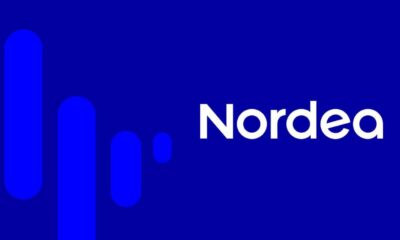
 Nyheter3 veckor sedan
Nyheter3 veckor sedan
 Nyheter3 veckor sedan
Nyheter3 veckor sedan
 Nyheter2 veckor sedan
Nyheter2 veckor sedan
 Nyheter2 veckor sedan
Nyheter2 veckor sedan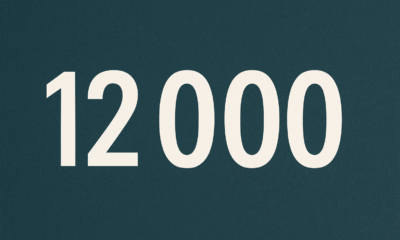
 Nyheter2 veckor sedan
Nyheter2 veckor sedan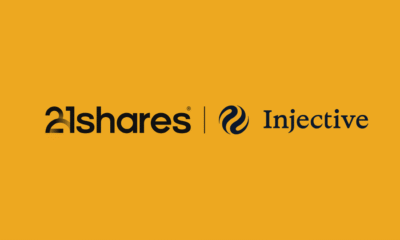
 Nyheter2 veckor sedan
Nyheter2 veckor sedan
 Nyheter2 veckor sedan
Nyheter2 veckor sedan


